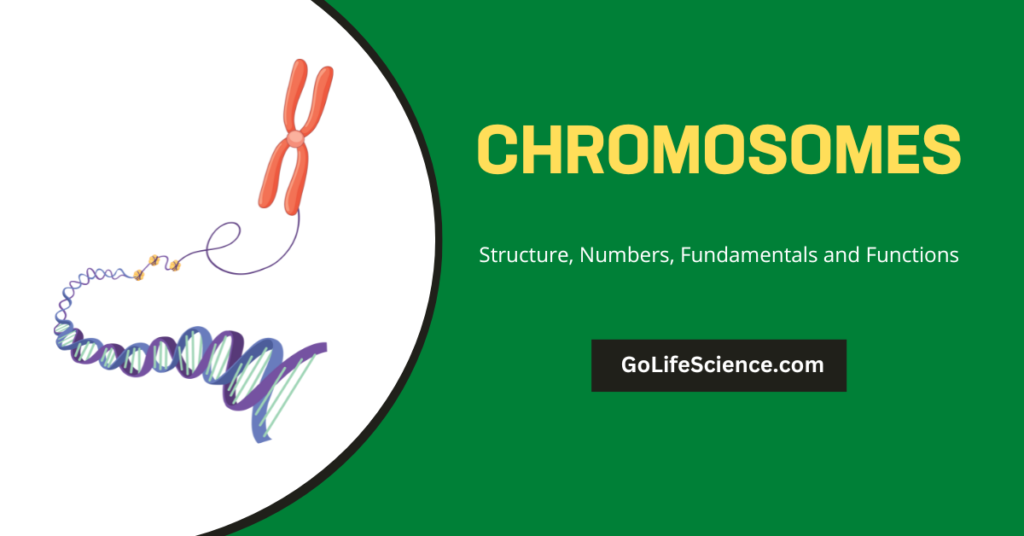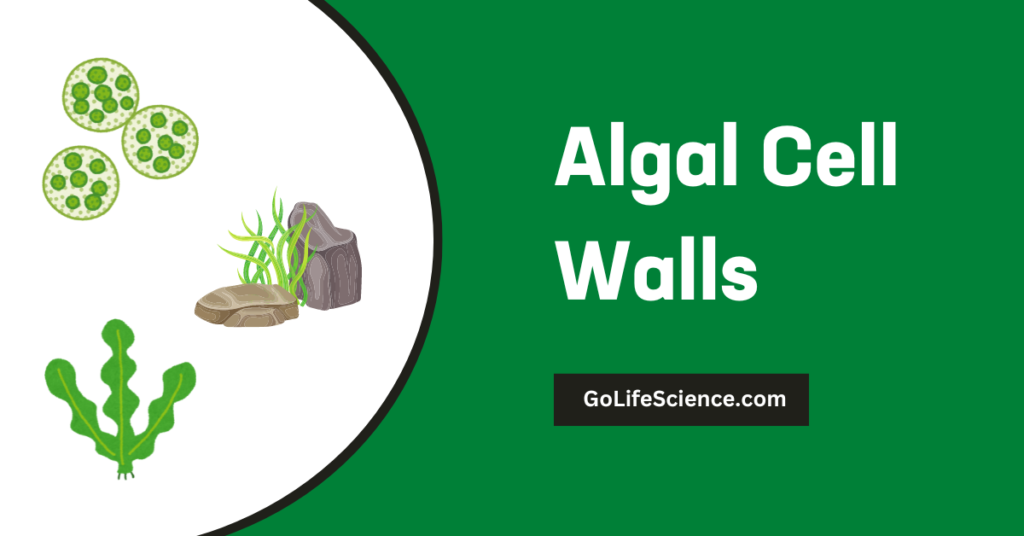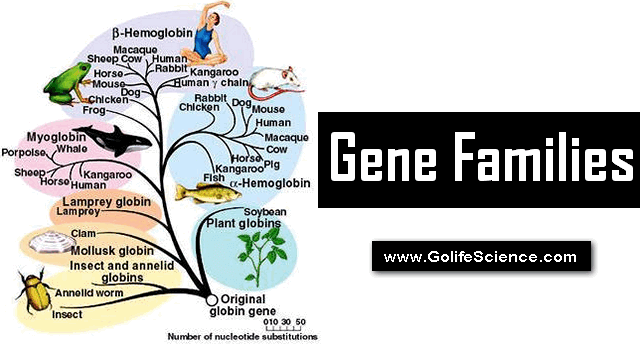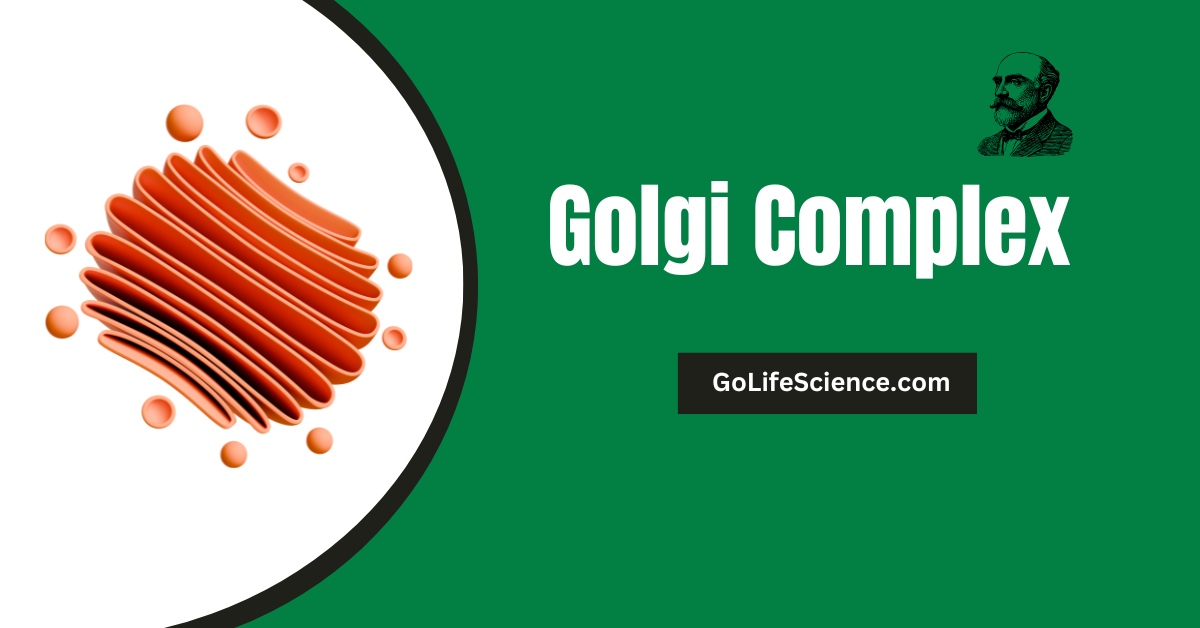
The Golgi complex, also known as the Golgi apparatus or Golgi body, is one of the most essential cellular organelles in eukaryotic cells. Named after the Italian scientist Camillo Golgi, who first identified it in 1898, this organelle plays a critical role in protein processing, lipid transport, and cellular secretion. In this article, we will explore the structure of the Golgi complex, its function in animal and plant cells, and its role in intracellular transport and protein modification. This comprehensive guide is designed for students and teachers in the life sciences, providing detailed insights into the Golgi complex structure and function.
In 1898, Camillo Golgi, an Italian cytologist, discovered that when he treated the cells with silver salts, certain peculiar bodies showed up in the cytoplasm. Camillo Golgi discovered, in 1898, by a silver-impregnation method, a reticular structure in the nerve cells of the barn owl, which he called the ‘apparato reticular interno.’ Subsequently, this came to be named the Golgi complex.
This organelle could not be observed in living cells; its existence was disputed, and it was considered an artifact. The use of electron microscopy provided a distinct picture of this organelle. Cytochemistry also provided the evidence for its reality. Through the application of modern techniques, including autoradiography, the structural organization as well as the role of the Golgi apparatus in cellular functions have been elucidated to a great extent.
Table of Contents
What is the Golgi Complex?
The Golgi complex is a membrane-bound organelle found in eukaryotic cells, including both animal cell Golgi complex and plant cell Golgi complex. It is part of the endomembrane system, which includes the endoplasmic reticulum (ER), lysosomes, and vesicles. The primary function of the Golgi complex is to modify, sort, and package proteins and lipids for secretion or use within the cell.
Origin of Golgi Complex
The membranes of the Golgi complex or apparatus are made of lipoprotein and are supposed to originate from the membranes of the endoplasmic reticulum. The Golgi complex is derived from the endoplasmic reticulum, and it serves as some sort of packaging center for the cell. Such things as enzymes, proteins, and carbohydrates are collected in these bodies and packaged into closed membranous sacs, called vesicles. Thus, they have effectively isolated the cell from the rest.
Structure of the Golgi Complex
The structure of the Golgi complex is highly organized and consists of a series of flattened, membrane-bound sacs called cisternae. These cisternae are stacked together in a specific orientation, forming distinct regions known as the cis face and trans face.
The Golgi apparatus, or complex, is found in the cytoplasm of almost all kinds of eukaryotic cells. Animal cells usually contain one; plant cells may have as many as several hundred. In granular cells, the Golgi bodies are usually situated close to the nucleus and have, according to Grasse (1957), definite polarity. Golgi bodies are also known as lypochondria.
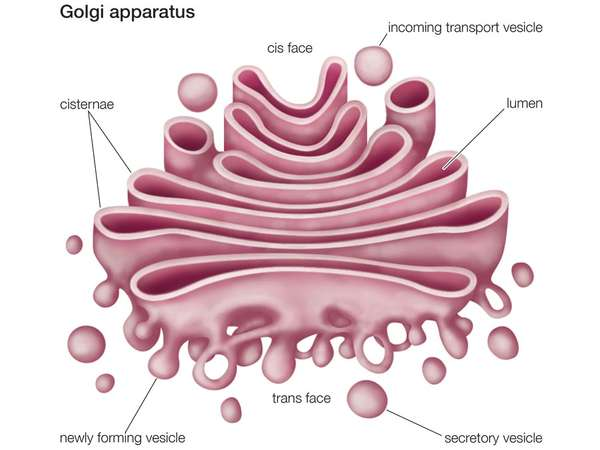
Key Components of the Golgi Complex
- Cisternae: Flattened, disc-shaped sacs that form the main structure of the Golgi.
- Cis Face: The receiving side of the Golgi, which faces the endoplasmic reticulum (ER).
- Trans Face: The shipping side of the Golgi, which faces the plasma membrane.
- Vesicles: Small membrane-bound sacs that transport materials to and from the Golgi.
The Golgi complex structure is dynamic, with proteins and lipids moving through the cisternae from the cis face to the trans face via vesicle transport.
| Component | Description |
|---|---|
| Cisternae | Flattened, membrane-bound sacs that form stacks. |
| Cis Face | Receiving side of the Golgi, facing the ER. |
| Trans Face | Shipping side of the Golgi, facing the plasma membrane. |
| Vesicles | Small membrane-bound sacs for transporting materials. |
The Golgi apparatus was reported in 1898 by Golgi, which consists of a smooth surface membrane structure. It has a system of outer flattened cisternae, which appear as roughly parallel membranes enclosing a space of 60 to 900 A0 with a distance of about 200 A0 between them. Cisternae and vesicles are associated with the inner cisternae, particularly glandular cells.
- The complex consists of units called dictyosomes.
- A dictyosome is formed of stacks of flattened, saucer-shaped cisternae and associated secretory vesicles.
- In the liver, there are 50 dictyosomes per cell, representing about two percent of the total cytoplasmic volume.
- The Golgi complex is surrounded by a zone from which most ribosomes, glycogen, and mitochondria are absent.
- In most animal and plant cells, there may be a stack of three to seven cisternae; however, in some algae, there are 10 or 20 cisternae in a stack.
In diatoms, the Golgi body gives rise to translucent vesicles, which collect beneath the plasmalemma, where they fuse to form a silicalemma, in which the silica cell wall forms.
Golgi Complex Function
The function of the Golgi complex is multifaceted, involving protein modification, protein packaging, and secretion of proteins. Below, we delve into the main function of the Golgi complex and its role in cellular processes.
| Function | Description |
|---|---|
| Protein Modification | Adding carbohydrate, phosphate, or sulfate groups to proteins. |
| Protein Packaging | Sorting and packaging proteins into vesicles for transport. |
| Lipid Transport | Modifying and sorting lipids for cellular use. |
| Lysosome Formation | Contributing to the formation of lysosomes. |
| Cellular Secretion | Releasing proteins and other molecules through exocytosis. |
1. Protein Modification
One of the primary functions of the Golgi complex is the post-translational modification of proteins. The Golgi complex role in protein processing is critical for cellular function. Proteins synthesized in the ER are transported to the Golgi apparatus complex, where they undergo modifications before being sorted and packaged for delivery. This includes:
- Glycosylation: Adding carbohydrate groups to proteins to form glycoproteins.
- Phosphorylation: Adding phosphate groups to proteins.
- Sulfation: Adding sulfate groups to proteins.
These modifications are crucial for the proper functioning of proteins.
2. Protein Sorting and Packaging
The Golgi complex sorts proteins and lipids into vesicles for transport to their final destinations. This process involves:
- Sorting: Identifying and segregating proteins based on their destination.
- Packaging: Encapsulating proteins and lipids into vesicles for transport.
3. Lipid Transport
The Golgi complex also plays a role in lipid transport, modifying and sorting lipids for use in various cellular processes.
4. Lysosome Formation
The Golgi complex is involved in the formation of lysosomes, which are essential for intracellular digestion.
5. Cellular Secretion
The Golgi complex facilitates the secretion of proteins and other molecules through exocytosis, a process where vesicles fuse with the plasma membrane to release their contents.
Golgi Complex Function in Animal Cells
In animal cell Golgi complex, the organelle is involved in:
- Protein processing: Modifying and sorting proteins synthesized in the ER.
- Secretion: Releasing hormones, enzymes, and other proteins.
- Membrane repair: Contributing to the repair and maintenance of the plasma membrane.
Golgi Complex Function in Plant Cells
In plant cell Golgi complex, the organelle has additional roles, including:
- Cell wall formation: Synthesizing and transporting polysaccharides for cell wall construction.
- Vacuole formation: Contributing to the formation and function of vacuoles.
Golgi Complex and the Endomembrane System
The Golgi complex is a key component of the endomembrane system, which coordinates the synthesis, modification, and transport of proteins and lipids. This system includes:
- Endoplasmic reticulum (ER): Site of protein and lipid synthesis.
- Lysosomes: Organelles involved in digestion.
- Vesicles: Transport carriers between organelles.
Frequently Asked Questions (FAQs)
What is the main function of the Golgi complex?
The main function of the Golgi complex is to modify, sort, and package proteins and lipids for secretion or use within the cell.
How does the Golgi complex function in animal cells?
In animal cell Golgi complex, the organelle modifies and sorts proteins, facilitates secretion, and contributes to membrane repair.
What is the role of the Golgi complex in plant cells?
In plant cell Golgi complex, the organelle is involved in cell wall formation, vacuole formation, and protein processing.
What is the structure of the Golgi complex?
The structure of the Golgi complex consists of flattened, membrane-bound sacs called cisternae, organized into a cis face and trans face.
How does the Golgi complex contribute to protein processing?
The Golgi complex role in protein processing involves modifying proteins through glycosylation, phosphorylation, and sulfation, and sorting them for transport.
Final words and Summary on Golgi Complex
The Golgi complex is a vital cellular organelle with a central role in protein modification, lipid transport, and cellular secretion. Its structure and function are essential for maintaining cellular homeostasis and ensuring the proper functioning of both animal and plant cells. By understanding the Golgi complex structure and function, students and teachers can gain deeper insights into the intricate processes that sustain life at the cellular level.
Whether you’re studying the function of the Golgi complex in animal cells or exploring its role in plant cell Golgi complex, this organelle remains a fascinating subject in the field of life sciences. Its involvement in protein processing, vesicle transport, and cellular secretion underscores its importance in the endomembrane system and overall cellular function.

